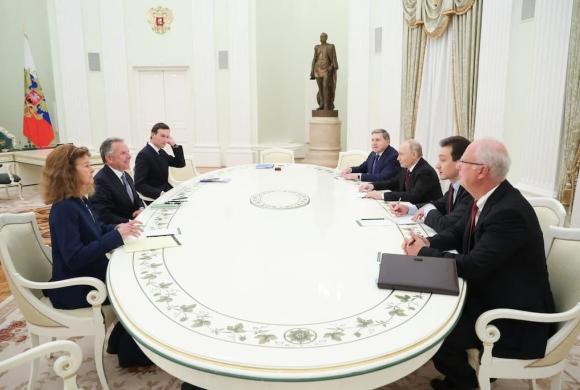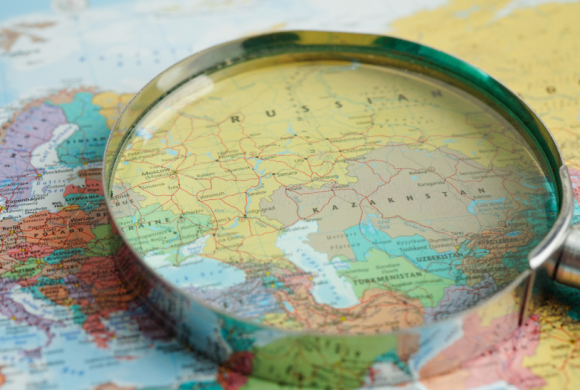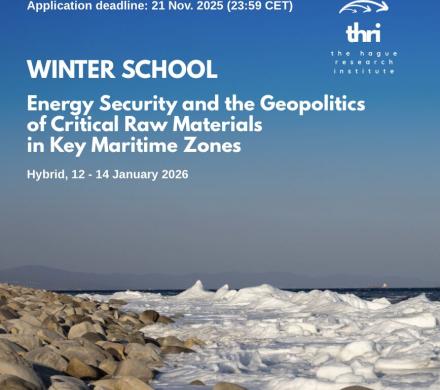Nuclear fusion: from Soviet breakthrough to ITER

In the wake of the Second World War, several nations developed research programmes on controlled thermonuclear fusion with the aim of clean and sustainable energy production. The main technical problems to overcome were confining the fusion plasma efficiently and achieving sufficient heating for fusion reactions to happen. Different lines of research were followed, but by 1968, the USSR’s tokamak (a Russian acronym for ‘toroidal chamber with magnetic coils’) emerged as the most promising line. Mastering tokamak technology and pursuing magnetic confinement fusion quickly became major international research endeavours.
The experience and knowledge accumulated over the past decades have culminated in the design of ITER (International Thermonuclear Experimental Reactor), the largest ever tokamak. ITER is now being built in the south of France, as a joint project funded and ran by, among others, the European Union, the United Kingdom, the United States, Japan, South Korea, China, India and the Russian Federation. Not surprisingly, the involvement of the Russian Federation has been large. Russian obligations in the ITER project consist of the development, manufacturing, installation and putting into operation at the ITER site of 25 systems (about 9% of the machine construction costs). For the realization of fusion energy not only infrastructure, but also continuous training of scientists and engineers in fusion science and technology is essential.
The Erasmus Mundus European Master of Science FUSION-EP is an international graduate study programme, started in 2006 by Ghent University, along with the decision to build ITER in Europe. Also here the Russian Federation plays an important role, or better played – until 2022. High-profile Russian Research institutions such as the National Research Nuclear University (MEPhI), the National Research University “Moscow Power Engineering Institute” (MPEI) and the Peter the Great St. Petersburg Polytechnic University have been associate partners of FUSION-EP.
Today, the Russian institutions are no longer involved. This brings up the question how to proceed with similar large research, infrastructure and education projects in which the Russian Federation is / has been an important partner.
Guido Van Oost is emeritus professor at Ghent University (Department of Applied Physics). He founded the Erasmus Mundus “European Master of Science in Nuclear Fusion and Engineering Physics” (2006) and the Erasmus Mundus “International Doctoral College in Fusion Science and Engineering” (2012). He has been guest professor in Moscow at the National Research Nuclear University “MEPhI” (2015-2019) and the National Research University “Moscow Power Engineering Institute” (2018-2020).His research activities are in the field of controlled magnetic fusion in the framework of the EU fusion programme, mainly at Ghent University, the Royal Military Academy in Brussels, the Research Centre Jülich (Germany), and the Prague Institute of Plasma Physics of the Academy of Sciences of the Czech Republic.
This lecture is organized by the Eureast platform knowledge centre CERISE




